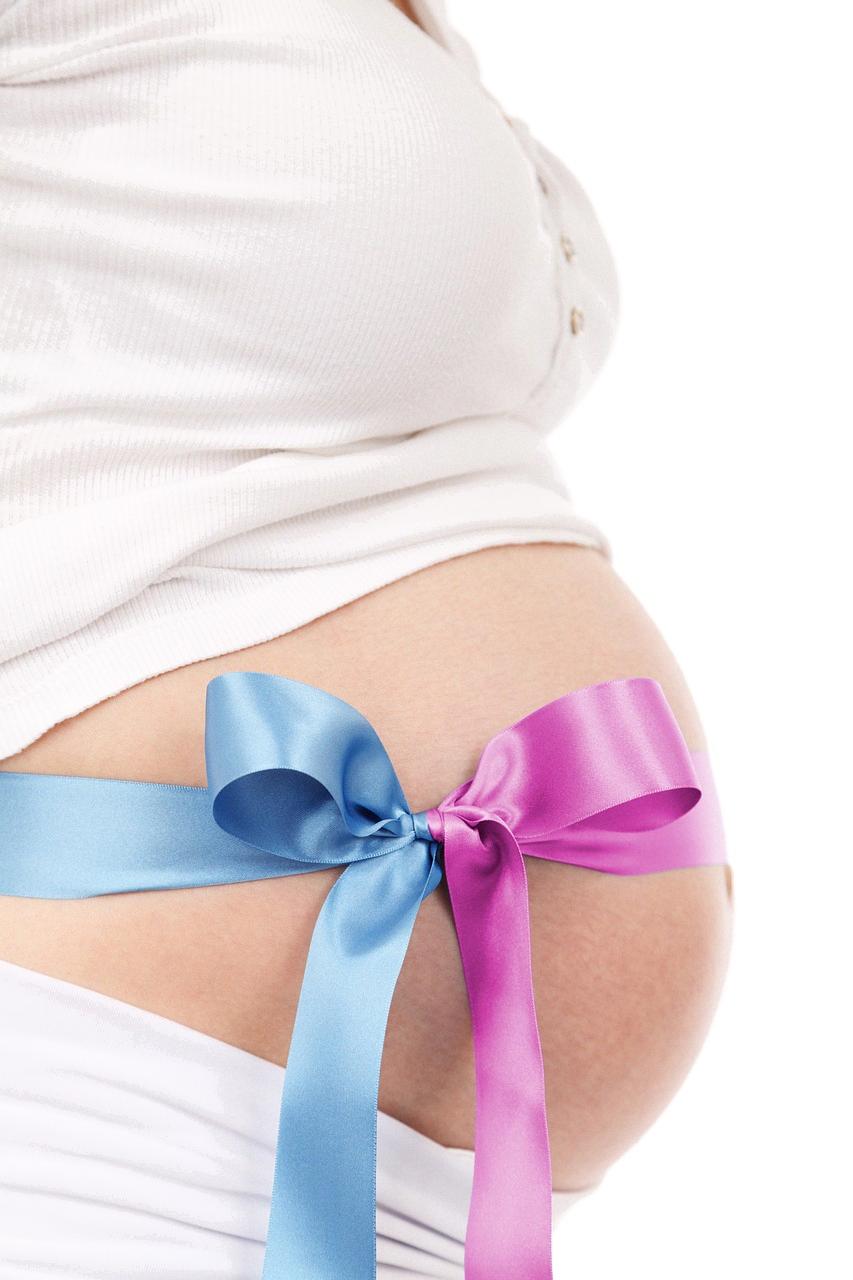During pregnancy, the body experiences a myriad of changes as it prepares for the arrival of a new life. One such change that some individuals may experience is the development of crusty nipples. While this phenomenon may seem alarming, it is essential to understand that it can be a normal occurrence for some individuals during this period.
As the body undergoes hormonal changes to support the growing fetus, the skin around the nipples can become dry, scaly, red, and itchy. This condition, known as nipple eczema, can lead to the formation of crusty patches on the nipples, causing discomfort and concern for expectant mothers.
It is crucial to note that while crusty nipples during pregnancy may not be a common topic of discussion, it is not necessarily a cause for alarm. Many individuals may experience this issue due to the hormonal fluctuations that occur during this time, leading to changes in the skin’s texture and appearance.
If you find yourself dealing with crusty nipples during pregnancy, there are various methods to alleviate the discomfort and treat the condition. Using creams, topical steroids, lanolin cream, extra-virgin coconut oil, petroleum jelly, and Aveeno baths can help soothe the dry skin and alleviate the itching sensation.
Seeking advice from a healthcare provider or dermatologist is also recommended if the symptoms persist or if you have any concerns about the changes in your body during pregnancy. They can provide a proper diagnosis and recommend the most suitable treatment options to address the issue effectively.
It is essential to prioritize self-care during pregnancy and pay attention to any changes in your body, including the development of crusty nipples. While it can be unsettling to experience such symptoms, understanding that they can be a normal part of the pregnancy journey can offer reassurance and peace of mind.
Remember that every pregnancy is unique, and individuals may experience different symptoms and changes in their bodies. Being aware of these variations and taking proactive steps to address any concerns can contribute to a healthier and more comfortable pregnancy experience.
Stay informed about the potential changes and challenges that may arise during pregnancy, including issues like crusty nipples. By staying educated and seeking help when needed, you can navigate this transformative period with confidence and peace of mind.
Embracing the changes that come with pregnancy, including the development of crusty nipples, is part of the journey towards welcoming a new life into the world. While it may seem daunting at times, remember that your body is capable of remarkable adaptations to support the growth and development of your baby.
Take the time to care for yourself both physically and emotionally during pregnancy, as this period of transition can be both challenging and rewarding. Seeking support from loved ones and healthcare professionals can make a significant difference in how you navigate the ups and downs of this remarkable journey.
Ultimately, the presence of crusty nipples during pregnancy can be a normal occurrence for some individuals. By understanding the underlying factors contributing to this condition and taking steps to address it effectively, you can manage the symptoms and focus on the joy and anticipation of welcoming a new addition to your family.

